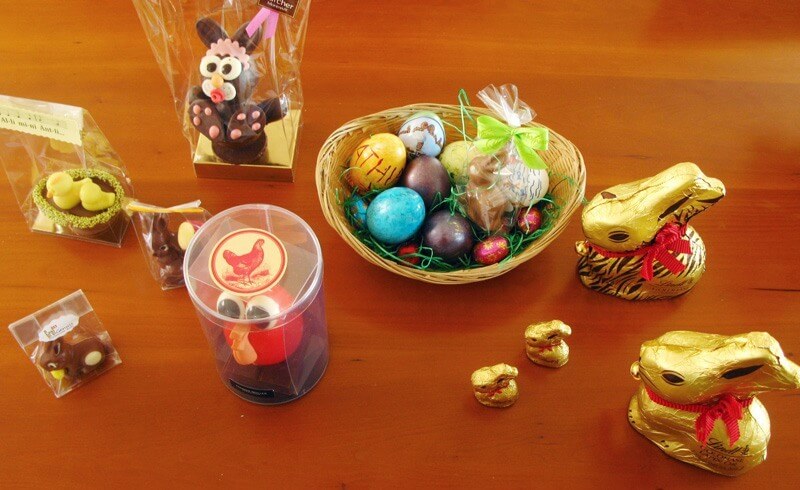
As your kids bounce with excitement before the Easter egg hunt, have you ever paused and wondered how a rabbit delivering colorful eggs became such a beloved holiday tradition?
The Easter bunny tradition ranks among the most curious customs we celebrate - a furry messenger who somehow lays eggs filled with treats for children worldwide. Let me take you on a journey through time to uncover the origins, evolution, and enduring magic behind the Easter bunny tradition that continues to delight families each spring.
A Swiss children's song goes:
Ig ha n em Has es Näschtli gmacht
im Bungert hinderem Garte;
es si die schönschte Blümli dra,
es si die schönschte Blüemli dra,
die fyne und die zarte...
s het s niemer as mys Mueti gseh,
s het gseit, er wärd s scho finde,
wenn är dur s Dörfli abe göih
zu dene brave Chinde...
Roughly translated:
I made a little nest for the hare
in the nursery behind the garden;
I've picked the most beautiful flowers,
I've picked the most beautiful flowers,
only the very pretty and delicate ones...
no one else saw aside from my mother,
she said, he will surely find it,
when he passes through town,
to come to the kindest children.
The Swiss Oschterhäsli Bunny
The other day, my three-year old asked me when the Oschterhäsli will come to bring the Easter Eggs. They have been handcrafting nests in the playgroup in preparation for the coming of Easter, so he wanted to know when he could set out his nest like the child in the song, for the Easter Bunny to fill.
I said he will come next week for sure, but you have to be nice.
Oh sure, he nodded, and the next question already followed: "But why will he bring eggs?" Why? Now I was stumped. I said “because it's Easter!” (trying to make a quick escape). But really, why indeed?
Germanic Origins of the Easter Bunny Tradition
It turns out the celebration of Easter with the Easter Bunny actually dates back to Medieval times. It is a widespread tradition among the Germanic people, particularly in Elsass across the border near Basel. From Europe, the Easter Bunny tradition then spread across the world along with German-speaking emigrants.
And nowadays, it is particularly popular in North America, adapting what was originally the Easter Hare (from the direct translation of Osterhase) to the Easter Bunny, or the Easter Rabbit.
As the legend goes, the Easter Hare (let’s try the more correct translation) visits all the gardens where children have prepared empty nests. He would fill the nests with colorful Easter eggs and chocolates and sweets, for the children to find on Easter morning. No one ever sees him - those eggs just magically appear, and in the dozens, too! (*hint hint*) But it is frankly still an unusual tradition.
The origins of why the rabbit is celebrated at Easter can be traced back to the Three Hares motif that is found in many Medieval churches and temples around the world - including the St. Joseph Monastery in Muotothal, Switzerland.
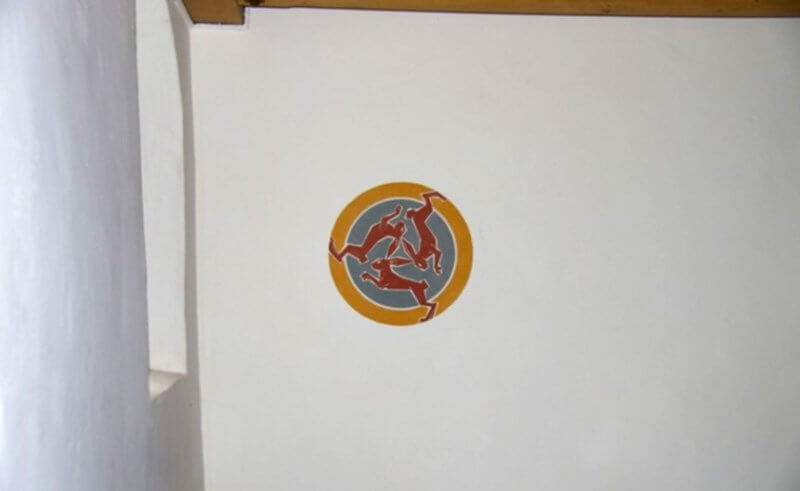
The motif in earlier Christianity represented fertility and happiness, and it often symbolized the Trinity of God. A very famous Three Hares motif is found in Paderborn, Germany.
Why does the Easter Bunny bring colored eggs?
Now that we know where the bunny comes from, how about those eggs? The origins are still unclear. They may stem from the tradition of Orthodox Christians abstaining from eating eggs during Lent (the fasting period before Easter). As a celebration, the eggs are served on Easter Sunday.
The painting of the eggs may symbolize the coming of spring. Often, the essence of onion is used to give them a nice spring color, and flowers are applied to create nice patterns:
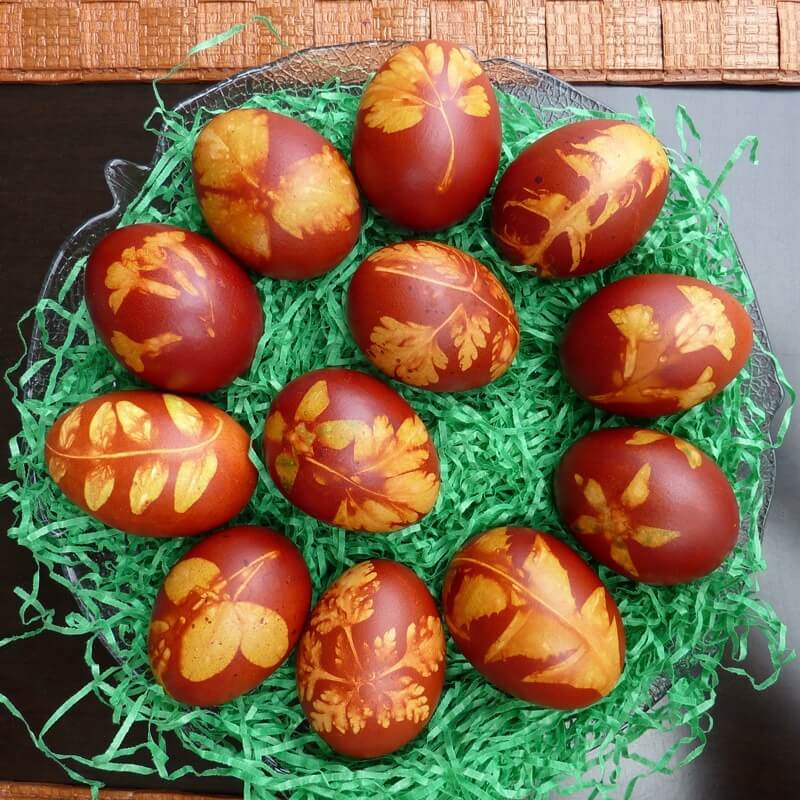
Even today, we use bright colors. But more often, commercial food coloring is used to paint the boiled eggs.
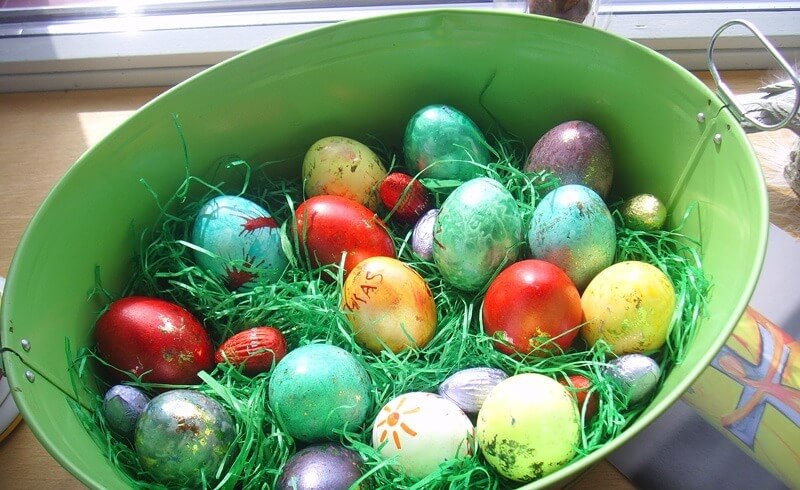
What's awaiting shoppers at Swiss grocery stores in the weeks before Easter:
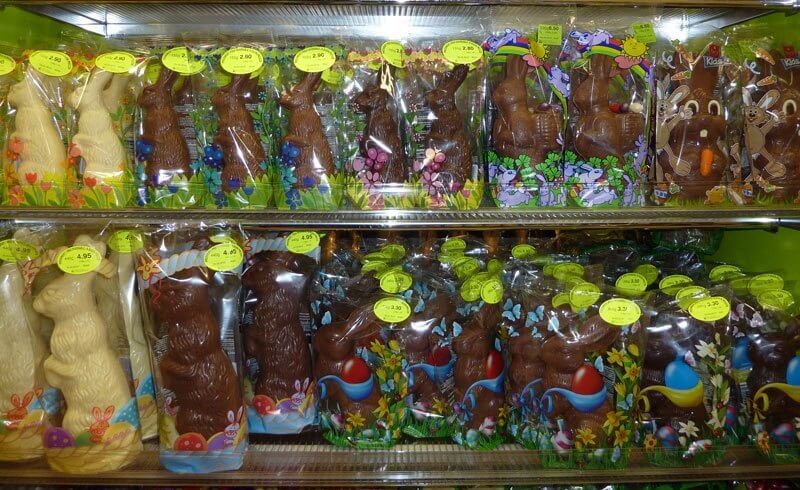
About the Phantom Easter Bunny
The next time I had the conversation with my son, I had a few answers ready. But his next question was, "Pero Mama, may Oschterhäsli ba sa ibang lugar? Diba dito lang yun?" (Translated: "But mom, is there an Easter Hare in other places too? Not only here?")
I said "yes, of course, everyone knows about the Easter Hare." But he insisted that it must be different, because how does he get there?
Fortunately for me, the Easter Hare has never actually been seen. And so I told him, and in trying to avoid giving a lecture on the history of that phantom animal, I proceeded by simply asking him his own question. He said it must be like the Christchindli (the Christmas Child who brings presents to the children at Christmas). "Sure," I replied, "just like that, no one knows, really, we will just have to wait and see what he brings!"
Last year's trove brought us lots of little Swiss chocolate bunnies, chicks, and eggs. This year, I wonder what the Oschterhäsli will bring?

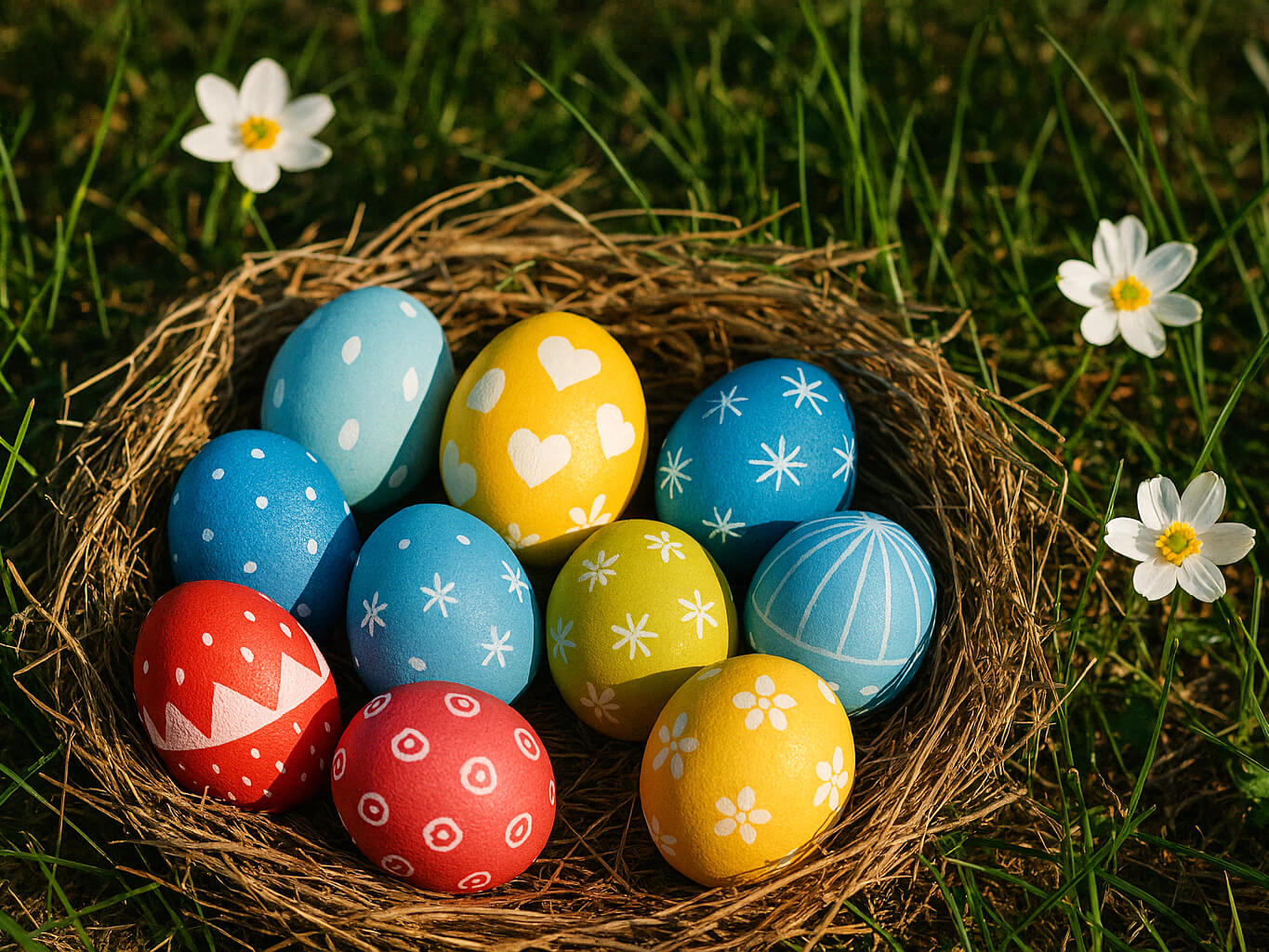
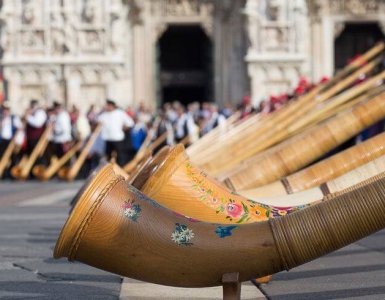

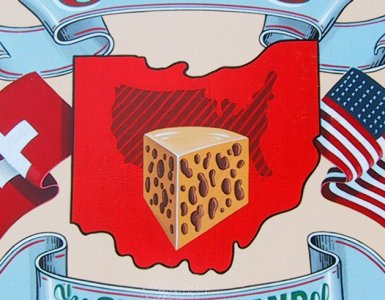

[…] here to read the rest of this article on Newlyswissed Online […]
[…] A Child-Proof Explanation of the Easter Bunny Tradition Newly Swissed Easter Greetings Spring Treasure Hunt at the Easter Market in Greifensee 2014 Family Easter Activities in Switzerland […]